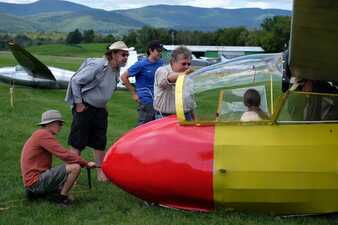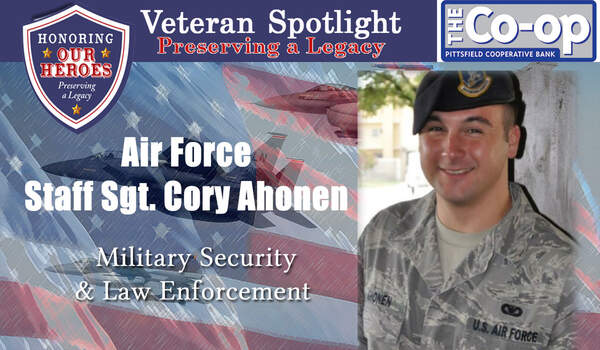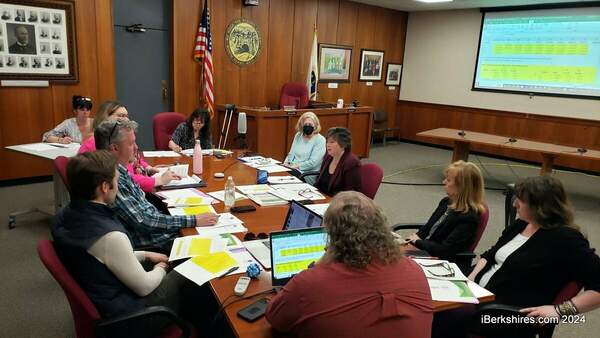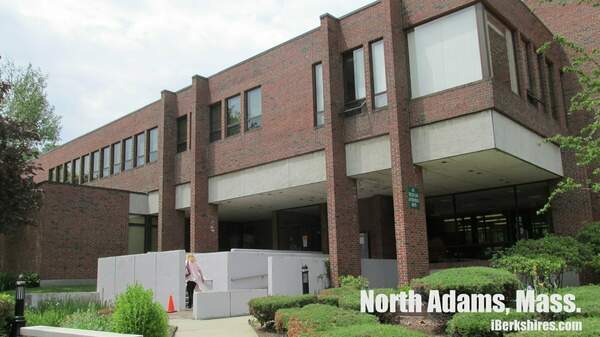Mohawk Soaring Club Celebrates 70th Anniversary Sept. 10 and 11
 |
NORTH ADAMS, Mass. — The weekend of Sept. 10 and 11 will see the skies filled with colorful gliders as the Mohawk Soaring Club celebrates its 70th anniversary with a fly-in/tow-in event.
The event will be open to the public from 11 a.m. to 3 p.m., when the Club will offer the public the opportunity to observe the flights and interact with the glider pilots and crews who have been invited to soar at the Harriman and West Airport, 836 State Road in North Adams, Massachusetts.
The Mohawk Soaring Club (MSC) was formed in 1952 by Francis P. Bundy and three other young engineers from the General Electric Company. The club was incorporated in the State of New York on May 26, 1952 "to promote and encourage interest in aviation and particularly motorless flight."
In 1971, one of the members established a private operation, Berkshire Sailflights, Inc., and MSC moved its operations to Harriman and West Airport in North Adams, while still soaring at the Saratoga County Airport. Over the years, MSC continued to use the North Adams airport and slowly grew their membership. This allowed for the purchase of a tow plane, and MSC has continued to grow and operate in North Adams ever since.
The MSC is very motivated to make soaring a popular sport in North Adams. In recent years, Harriman and West has been significantly improved as an airport with projects that include a major overhaul of the runway and taxiway, the addition of an instrument approach, and the addition a new operations and administration building at the airport including restrooms and Wi-Fi. A restaurant is in the works.
The conditions at Harriman and West are some of the best available in the region for gliding. This is due to the ridge lift caused by the Mt. Greylock ridge and the thermals formed in the adjacent valley.
As part of the Club’s celebration of its 70th Anniversary, it hopes to grow its membership and share its love of soaring with the community. Opening the airport to the public will allow aviation enthusiasts and others to have an informed look at how glider operations work, to see gliders up close, and talk with the pilots and crew of the various clubs in the area that will be participating in this event. We hope to have as many as 20 gliders attending this event from the many clubs in our northeast region.
The Harriman and West Airport will be open to the public on September 10th from 11:00 am – 3:00 pm with food trucks and ice cream available for refreshments, toy glider giveaways for children, and information concerning clubs in the area. It will also be possible to reserve glider rides for future dates at the airport.
The Mohawk Soaring Club welcomes the public to this event and looks forward to sharing its love of soaring to celebrate its 70th Anniversary.
For more information, visit soarmohawk.com or Facebook at mohawksoaring
Tags: Mohawk Soaring Club,















